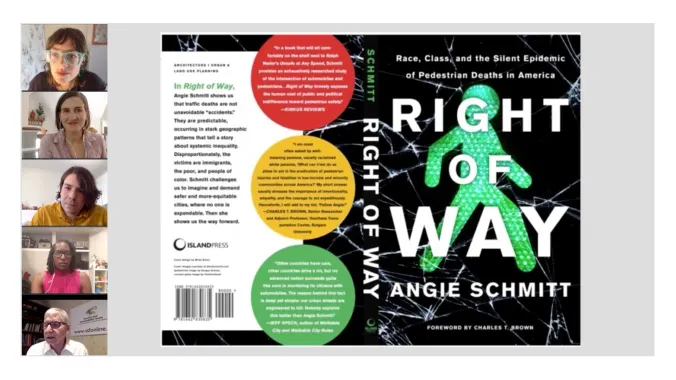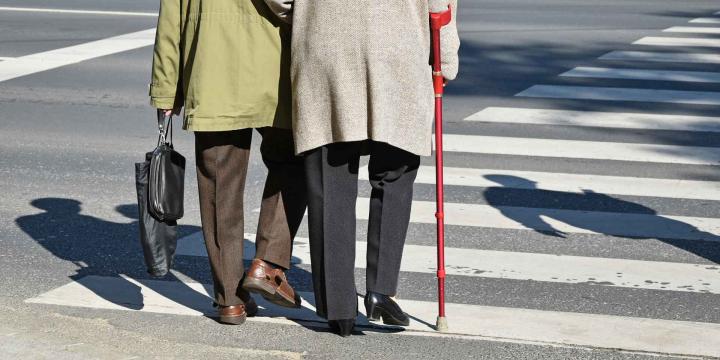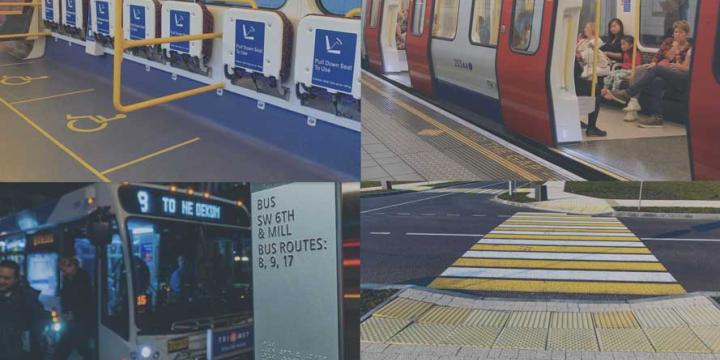Course Info
12 video lessons (96 Mins)
Published
-
4.54
Preview Course
Browse Course Chapters
-
1.Introduction
1 min
-
2.Meet the Presenters
4 mins
-
3.A Pedestrian Safety Crisis in the United States
13 mins
-
4.Vision Zero
9 mins
-
5.Viva la Pedestrian Revolution
11 mins
-
6.Pedestrian Advocacy
11 mins
-
7.Vision Zero
10 mins
-
8.Private Developments and Traffic Safety
9 mins
-
9.Bikes and People
5 mins
-
10.Resources
6 mins
-
11.Automobile Manufacturers
6 mins
-
12.Final Thoughts
6 mins
Course Description
Traffic fatalities increased to record levels throughout 2020 and 2021, despite fewer people driving to and from work to offices and other workplaces every day. These traffic safety setbacks reversed decades of progress as well as the more recent trends enabled by new safety technology in cars. The carnage is also occurring despite new political attention to the cause of traffic safety. Officials at the city and state level all over the country have added their voices to a growing chorus of Vision Zero pledges—commitments to end traffic fatalities that sound, in press conferences, like strong commitments to radical structural changes but fall well short of the mark once put into practice.
After all of these innovations and advancements, no one who uses streets, whether on foot, on a bike, on transit, or in a car, is any safer. Moreover, the failures of Vision Zero continue to cut across lines of race and class, leaving people of color and low-income communities the least safe of all.
This course, "Right of Way: How Racial and Class Disparities Created a Silent Epidemic of Pedestrian Deaths," presents a panel discussion hosted by the Security and Sustainability Forum and Island Press in September 2020. In the panel, author Angie Schmitt leads a diverse collection of panelists through a discussion about the many shortcomings of the built environment in its responsibility to protect safety of everyone who moves around outside of their homes, while also revealing the many opportunities for planners and advocates to achieve significant progress toward shared welfare by creating a safer, more just, and equitable public realm.
Learn these skills
- Equity
- Pedestrian Planning
- Public Health
- Transportation
- Urban Design
- Walkability
AICP CM
This course is approved for 1.5 AICP CM credits.
AIA CES
This course is 1 LU.SACPLAN CPD
This course is approved for 1 SACPLAN CPD point.


























